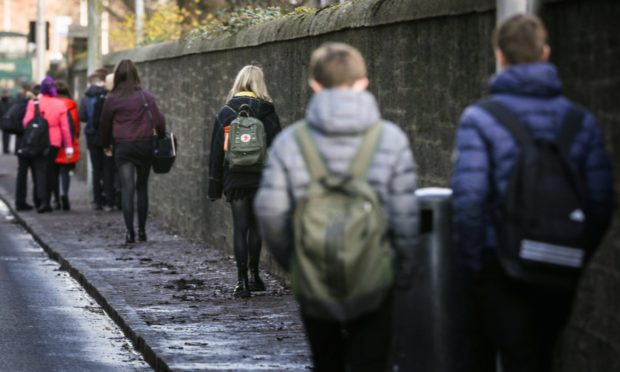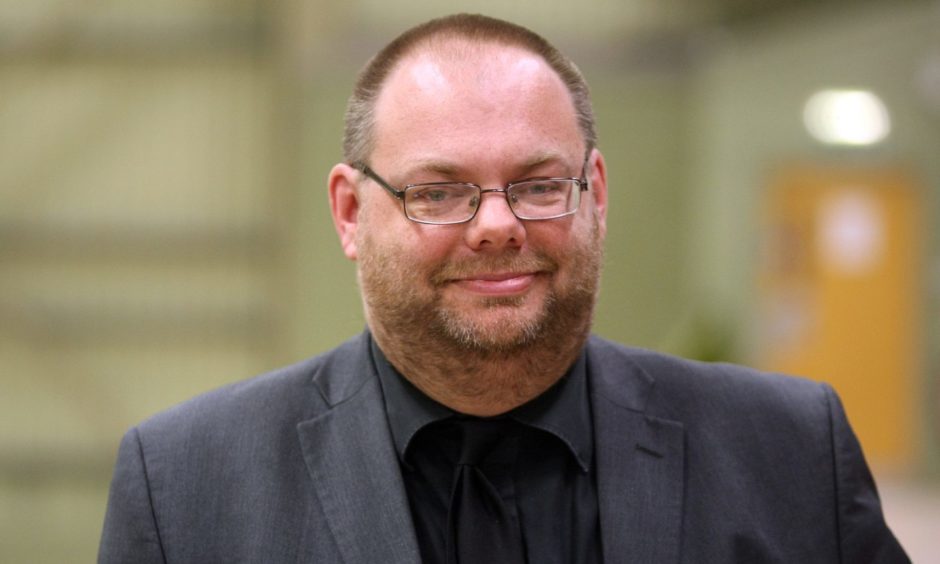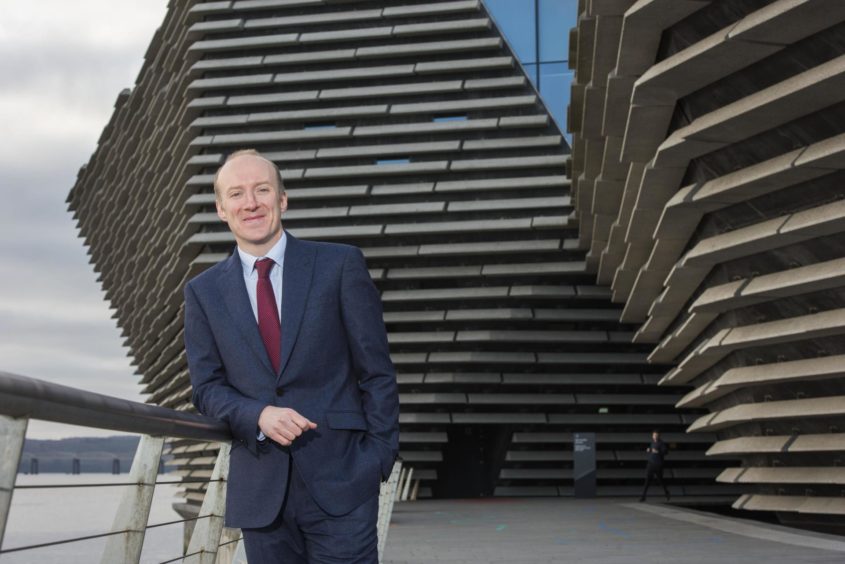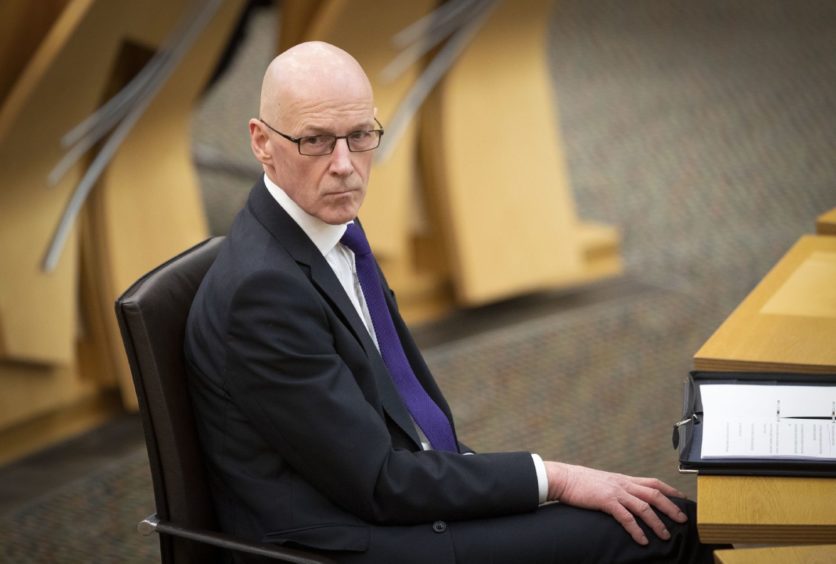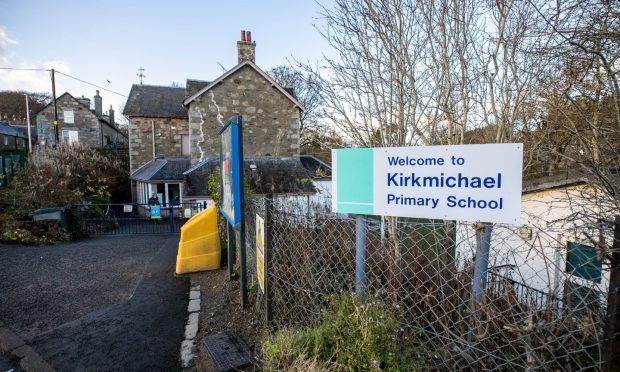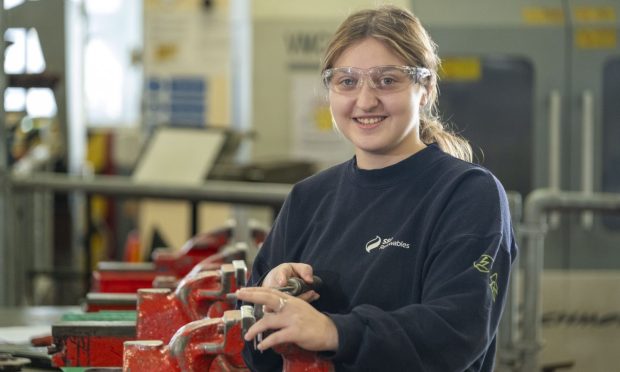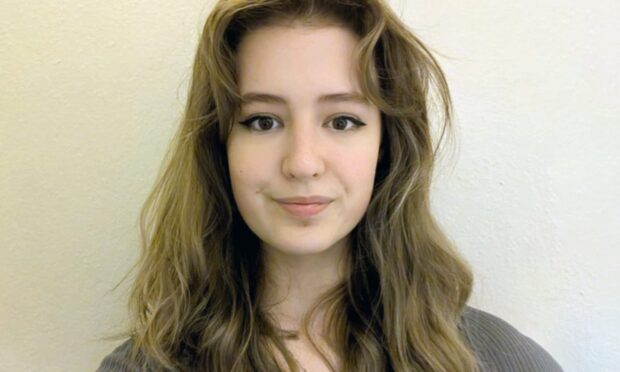Dundee has the lowest percentage of school leavers in Scotland achieving one award or more at National 5 level, a new report has revealed.
Published today by the Auditor General for Scotland and the Accounts Commission, the report – which describes “limited” progress nationwide in closing the poverty-related attainment gap – shows that 78.8% of school leavers in the city left with one or more award at National 5 level or higher in the 2018/19 academic year.
This was down 1.3% compared to the 2013/14 academic year and, alongside the Clackmannanshire region, the joint lowest in the country.
Dundee City and Clackmannanshire were the only two regions not to have 80% or more of school leavers achieve one or more of the qualifications in 2018/19.
By comparison, 82.5% and 85.4% and of school leavers in Angus and Perth and Kinross respectively got at least one National 5. In Fife, 81.5% of schools leavers achieved this.
“A considerable amount of effort is going into improving attainment, which is reflected in the increased performance in these figures when compared with the 2013/14 academic year.
Stewart Hunter convener of Dundee City Council’s children and families service committee
However, similar to Dundee, each of these council areas saw a decrease in the overall percentage of pupils achieving one or more National 5 awards since 2013/14.
The report also shows that Dundee has the lowest percentage of school leavers in Scotland achieving five or more awards at National 5 level or better.
In 2018/19, 55.6% of school leavers in city achieved this. It should be noted, however, this was a 5.4% increase on the 2013/14 academic year.
By comparison, Angus saw 61.7% of school leavers achieve five or more awards at National 5 level or better. In Perth and Kinross it was 64.1% and in the Kingdom it was 60%.
Responding to the figures, Stewart Hunter – convener of Dundee City Council’s children and families service committee – said: “A report on these results was discussed at the committee last year which outlined an improvement plan to build on the good work schools have already done.
“A considerable amount of effort is going into improving attainment, which is reflected in the increased performance in these figures when compared with the 2013/14 academic year.
“But it is important to note that when it comes to evaluating progress and identifying areas for improvement the council considers a wide range of data not just a single measure.
“For example, in recent years record numbers of our young people have left school to go on to positive destinations.
“Work is continuing to close the attainment gap including provision of support to children who are facing extremely challenging circumstances.”
What is the national picture?
The report found that exam performance and other attainment measures at national level have improved overall.
However, progress since 2013-14 has been inconsistent and there are large variations in local authority performance, with some councils’ performance getting worse on some measures.
It was also found that the poverty-related attainment gap remains wide and existing inequalities have been exacerbated by the Covid-19 pandemic.
Stephen Boyle, Auditor General for Scotland, said: “Significantly reducing the attainment gap is complex.
There is variation in educational performance across Scotland, but this is not solely about exam performance.”
Elma Murray, interim chair of the Accounts Commission,
“But the pace of improvement has to increase as part of the Scottish Government’s Covid-19 recovery planning.
“That process needs to particularly focus on the pandemic’s impact on the most disadvantaged children and young people.”
Elma Murray, interim chair of the Accounts Commission, added: “There is variation in educational performance across Scotland, but this is not solely about exam performance.
“It is vital that councils, schools and their partners work to reduce the wide variation in outcomes as well as understanding and tackling the short and longer-term impact of Covid-19 on learning and wellbeing.”
“The SNP has failed”
The findings of the report have drawn criticism from opposition parties, with some accusing the Scottish Government of failing pupils.
Scottish Labour education spokesperson – and Dundee City councillor – Michael Marra said: “This long awaited report could not be clearer – the SNP has failed in its mission to close the attainment gap in our schools.
“Nicola Sturgeon said that Scotland should judge her on the SNP’s handling of education. Well, this verdict is clear – the SNP has failed the very tests that Nicola Sturgeon set herself.
“Before Covid, educational inequality was vast and stubborn. It has undoubtedly increased since. The government focus required to turn this around will be considerable.”
Scottish Conservative north-east MSP Bill Bowman said: “The figures for Dundee are worrying and highlight the attainment gap is widening even further, to the shame of the SNP.
“Families across the city will be rightly concerned at Dundee having the lowest percentage of school leavers in Scotland achieving one award or more at SCQF level 5.
“The Scottish Conservatives have repeatedly called out the SNP government for taking their eye off the ball in education as they are clearly distracted by other matters such as their reckless independence campaign.
“Our party will recruit an additional 3,000 teachers for our classrooms, roll out a national tutoring scheme and want a Covid catch-up plan to be urgently implemented in order to avoid a lost generation of pupils.
“These statistics yet again show that the SNP government is failing Dundee and an action plan must be introduced sooner rather than later.”
“Closing the poverty-related attainment gap remains our mission”
Responding to the report, Deputy First Minister John Swinney said: “Closing the poverty-related attainment gap across Scotland and giving every young person the chance to fulfil their full potential, regardless of their background, remains our defining mission.
“We are making good progress but closing the gap remains a long-term and complex endeavour. We will give full consideration to the issues raised and recommendation made in Audit Scotland’s report.
“We have put in place a comprehensive range of measures, supported by the £750 million Attainment Scotland Fund, to turn the corner with the attainment gap.
“We have seen improvements across a number of indicators, including a narrowing of the gap between pupils from the most and least deprived areas achieving the expected level in literacy and numeracy.
“Longer term we have also seen the gap narrow in initial positive destinations and the proportion of pupils achieving one pass or more at SCQF Level 5 and 6.
“The International Council of Education Advisers has acknowledged progress is being made and headteachers are positive about the impact of our measures, have a clear understanding of what is working and are optimistic about improvements being embedded and continuing over the next five years.”
